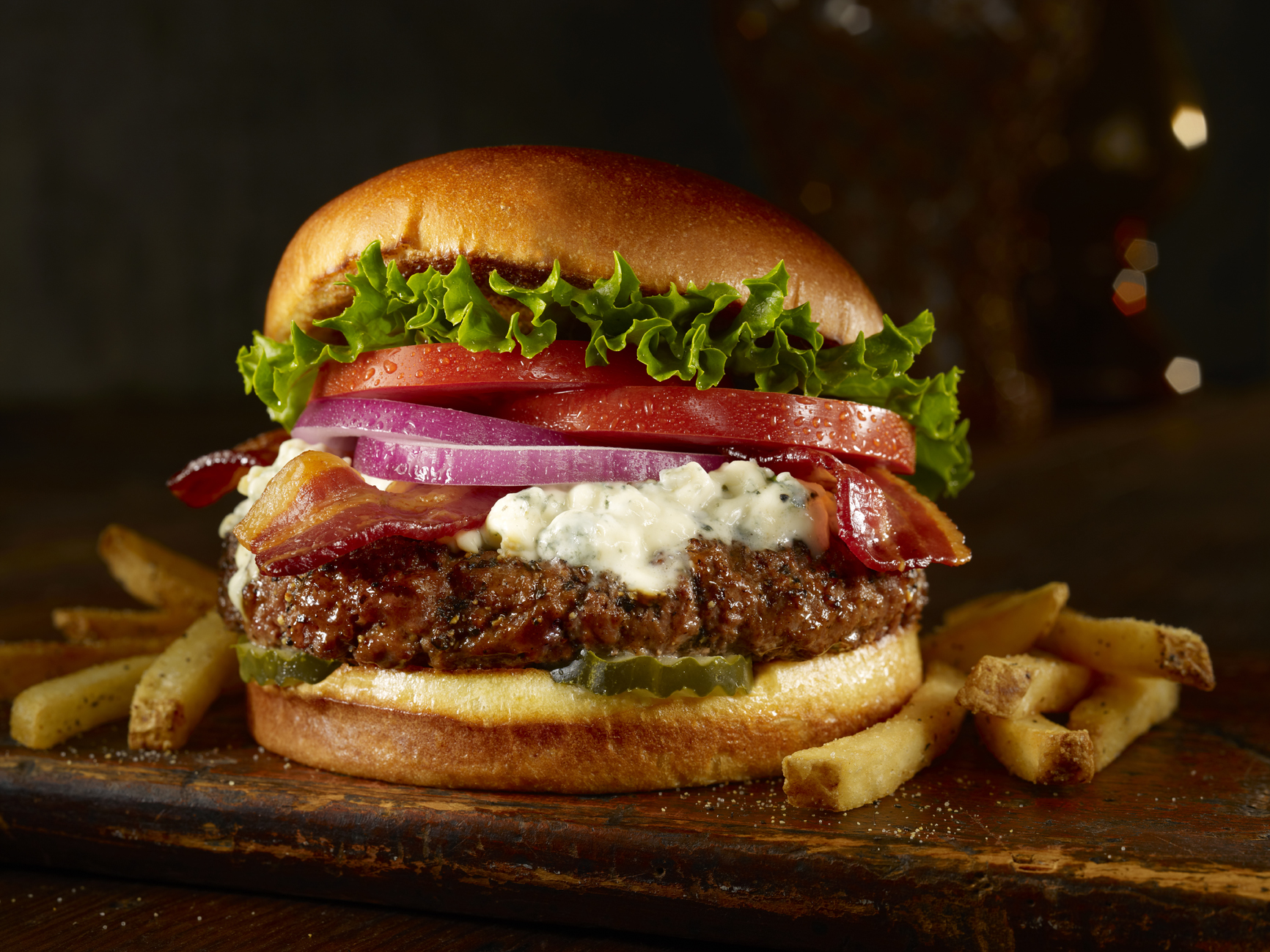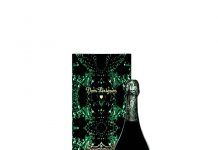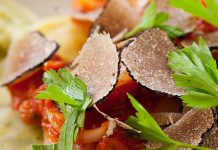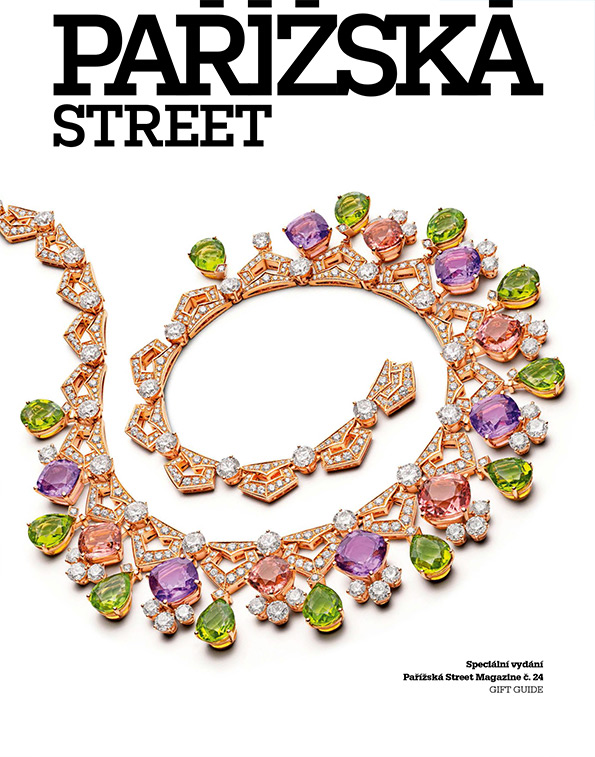A juicy slab of minced meat, which has just left a hot grill with a few brown welts, can satisfy the greatest demands for a perfect taste and ease of preparation. Summer and its long days offer a string of opportunities to indulge in the barbecue!
The influx of world cuisines, easy travel, discovering new tastes, increasing interest in gastronomy and health plus these hectic times in which there is no time to spare, and the emphasis on quality – these are the factors that have led Czechs from the entire social stratato one common recognition: the burger is king. “The popularity of the burger is definitely growing, a lot of our customers plan on having them for a weekend dinner or lunch more and more often. I think it’s very well thought out meal,”confirms Vladimir Komorád from Presto Meat Market in Prague’s Karlín district. But the burger conceals yet another surprising plus. It only takes a few minutes to make it from freshly minced meat, and absolutely anyone can do it – in its basic version it only requires a super simple approach. In addition, for the human body it represents the sheer joy of a total absence of any additional chemicals, which can often appear in pre-packaged food.
The glory of variaty
In Prague the restaurants, bistros and cafés where the kitchen revolves around slabs of meat full of juice have been springing up like mushrooms. “Nowadays a lot of good restaurants have burgers in their repertoire. In my opinion the hamburger is amazing because of its variability. Good, experienced cooks love to play around with the burger, the possibilities for layering flavours are endless,” the Karlin butcher states. And it is not surprising that people crave after this slab of meat from the mincer. A burger is a safe bet, much more so than a steak. Although it can also be dried to the very border of wholesomeness, even so, minced meat remains relatively soft. The meat for a burger does not have to come from the finest beef. However, it tastes best medium rare when it reveals its pink juiciness upon each bite and the excess juice soaks artfully into the crusty bun. Moreover the diner can influence a large part of the burger’s taste form directly during the meal by adding or taking away dressings, side dishes, mustards, dips and other ingredients. The ideal accompaniment to a burger are homemade chips, a toasted bun, a vegetable salsa, mayonnaise and other sauces, a crisp green salad, browned or fresh onions, bacon, or other vegetables, mature cheddar or fried eggs or mushrooms. Just as the ‘accompanying programme’ can be plentiful and a perfect complement for ground meat, the overall atmosphere at the table where the burgers are served can also be rich, unpretentious and relaxing.
Although originally burgers were made of 100% beef – just like the Tartars ground their beef under the saddle to make the famous steak tartare, from which it was a short step to the burger – the current alternative forms are only limited by one’s imagination. In addition to burgers from pork, lamb, poultry and fish we can also come across vege-burgers made of vegetables or beans. Vietnamese rice burgers are a speciality mainly due to the fact the ‘bread’ was adapted to local tastes: the grilled meat is surrounded on both sides by compressed, sticky rice.
A blast from Germany
The history of the hamburger is chock-a-block with various theories. The emergence of the hamburger in its traditional form, i.e. with bread and fries, is attributed to several pioneers, mostly owners of street stalls and restaurants on both sides of the Atlantic. The reasons for the emergence of a sandwich with a slab of minced beef in the middle, however, are surprisingly uniform: little time, in a rush, speed or convenience and a reluctance to dirty one’s fingers. It is also certain that the original name of the hamburger comes from the German city of Hamburg. Thus the port where ships full of freight, immigrants and sailors set sail for the United States lent its name to the grilled meat. Hamburger steak, which became very popular on the opposite side of the ocean and was purportedly brought over by Germans, was, in essence, today’s steak tartare The grated, raw beef served on a plate with bread and onions, or raw egg, gained in popularity a short while before it started being increasingly served from a hot grill surface. The start of the burger in the U.S. in its current form can be traced back to the first twenty years of the twentieth century.
All over the world
Beforethe first stand with American hamburgers opened in America, with burgers from Germany and chips from Belgium, another branchdeveloped to the east and southeast of the Czech Republic. Baked or grilled minced meat in various forms, under the name pljeskavica,is well known by Croats, Serbs, Macedonians, Albanians and Bulgarians. The Turks, Greeks, Lebanese, Iranians and Indians, have been processing minced meat into various forms and grilling it for centuries and have called it köfte, koftykufta or gofte. In the eastern part of Iran and Pakistan they call baked meat patties served without sauce kebab.
Meatballs and frikadeller
While the burger is minimalist and consists of pure meat and nothing but meat, needing only salt, pepper, or onion and herbs, a meatball or frikadeller uses the meat more like a glue for a number of other ingredients. Often the meatball mix includes flour or bread crumbs, eggs and various kinds of vegetables or cheese. It is then coated in flour or bread crumbs when raw and fried in oil. For a basic burger all you need is a hot surface greased with fat. The vegetarian versions are a combination of the meatball and the burger.
Prague’s burger festival
Though not among the festival matadors, it has rocketed in popularity. Prague BurgerFest, a meeting of the chefs at the American restaurants in Prague who specialise in burgers, began humbly enough in 2012 in the framework of the Břevnov Feast. All day people flooded the fragrant street full of stalls with smoking grills and didn’t want to leave until there was nothing left to sell. The organisers learnt their lesson and last year organised a separate festival on Náměstí Míru and thus Prague BurgerFest 2013 opened up a space for more burger masters and diners, who, compared to the previous year, didn’t have to stand aloof. At BurgerFest every one can munch on a burger as well as rate what they are eating by voting for the best burger. The third Prague BurgerFest will have the grills going from 5 – 7 September 2014 at the Exhibition Grounds in Holešovice.
Who came where in 2013?
the restaurant with the best Burgers according to visitors:
1. Bejzment, Zborovská 1200/6, Prague 5, http://www.bejzment.cz/
2. Zephyr, Michalská 12, Prague 1, http://www.excelenturbanpub.cz/
3. Blackdog Cantina, Česká 140,Beroun http://www.blackdogs.cz/
best according to the jury:
1. Bejzment, Zborovská 1200/6, Prague 5, http://www.bejzment.cz/
2. Tom’s Burger, Valentinská 9, Prague 1, http://www.tomsburger.cz/cs/
3. Bistro Fasty’s, Rybná 24, Prague 1, http://www.fastys.cz/
the best regular burger according to the jury:
1. Zephyr, Michalská 12, Prague 1, http://www.excelenturbanpub.cz/
2. Blackdog Cantina, Česká 140, Beroun http://www.blackdogs.cz/
3. Tom’s Burger, Valentinská 9, Prague 1, http://www.tomsburger.cz/cs/
Where to go for a burger?
Tom’s Burger, Valentinská 9, Prague 1, http://www.tomsburger.cz/cs/
Dish Fine Burger Bistro, Římská, 29, Prague 2, http://dish.cz/
Presto Meat Market – bistro, Vítkova 11, Prague 8
Bejzment, Zborovská 1200/6, Prague 5, http://www.bejzment.cz/
Fasty’s, Rybná 24, Prague 1, http://www.fastys.cz/
Zephyr, Michalská 12, Prague 1, http://www.excelenturbanpub.cz/
Jáma, Ostrovní 26, Prague 1, http://www.jamasteak.cz
T.G.I. Friday’s, Karlova 20, Prague 1, http://www.tgifridays.cz
T.G.I. Friday’s, Na Příkopě 27,, Prague 1
Blackdog Cantina, Česká 140, Beroun http://www.blackdogs.cz/














